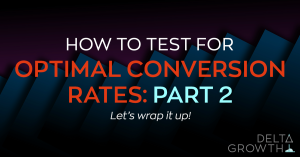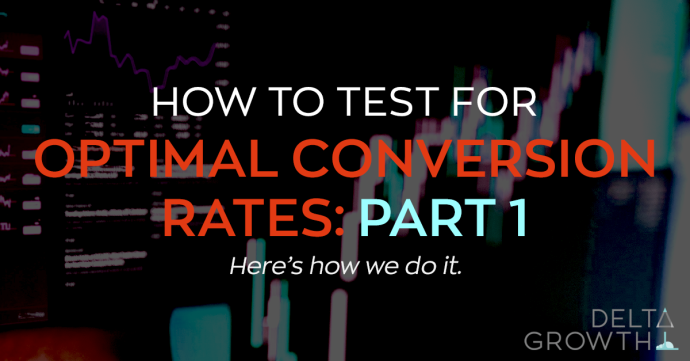
In part I – read more here – we talked about how we set up CRO experiments at DG. In part II, let’s do a deep dive into what we believe are the essential elements to test and some common mistakes we usually see going around.
Essential Elements to Test
Headlines and Value Propositions: Your headline is often the first element visitors notice, making it a critical conversion factor. Test different approaches, including benefit-focused headlines, problem-solving statements, and curiosity-driven copy. Your value proposition should clearly communicate why visitors should choose your solution over alternatives.
Call-to-Action Optimization: CTA buttons significantly impact conversion rates through color, size, placement, and copy variations. Test action-oriented language like “Get Started Now” versus softer approaches like “Learn More.” Button placement, whether above or below the fold, can also dramatically affect performance.
Form Optimization: Forms represent major conversion barriers, especially when they’re too long or request unnecessary information. Test reducing form fields, changing field order, adding progress indicators, or implementing multi-step forms to improve completion rates.
Social Proof and Trust Elements: Customer testimonials, reviews, security badges, and guarantee offers can significantly boost conversions by addressing visitor concerns and building credibility. Test different types of social proof and their optimal placement throughout your conversion funnel.
Advanced Testing Strategies
Once you’ve mastered basic A/B testing, consider more sophisticated approaches. Multivariate testing allows you to test multiple elements simultaneously, revealing how different combinations interact with each other. This approach is particularly valuable for complex pages with multiple conversion elements.
Personalization testing takes optimization further by creating different experiences for various audience segments. Test how different messaging resonates with new versus returning visitors, different geographic locations, or various traffic sources.
Sequential testing involves running a series of tests where each builds upon previous results. This iterative approach allows you to refine and optimize based on accumulated insights continuously.
Common Testing Mistakes to Avoid
Many businesses sabotage their testing efforts through preventable mistakes. Running tests for insufficient duration is a frequent error – while you might see early trends, statistical significance requires adequate time and sample sizes.
Testing too many variables simultaneously can make it impossible to determine which changes drove results. Start with single-variable tests before progressing to more complex multivariate approaches.
Another common mistake is ending tests prematurely based on early results. Statistical significance requires completing the full testing cycle, even if early indicators look promising.
Answers to Common Questions About CRO
What elements should I prioritize when starting A/B testing?
Start by testing elements that have the highest impact on user decisions — such as headlines, value propositions, and CTAs (Call-to-Actions). Headlines shape first impressions, while CTAs directly influence clicks and conversions. Forms and social proof are also crucial, as they can either remove friction or build trust with potential customers.
How can I improve conversion rates through form optimization?
Length and complexity are the biggest barriers to form completion. You can improve performance by reducing the number of fields, changing their order, or using multi-step forms. Adding progress indicators or simplifying questions helps reduce abandonment rates. The goal is to make the process feel quick, easy, and trustworthy.
How does Delta Growth run CRO experiments?
At Delta Growth, we understand that CRO can significantly change your business by helping you to get the most out of your already existing traffic. We want to help you convert more of the visitors you already have — improving ROI, lowering acquisition costs, and increasing revenue.




